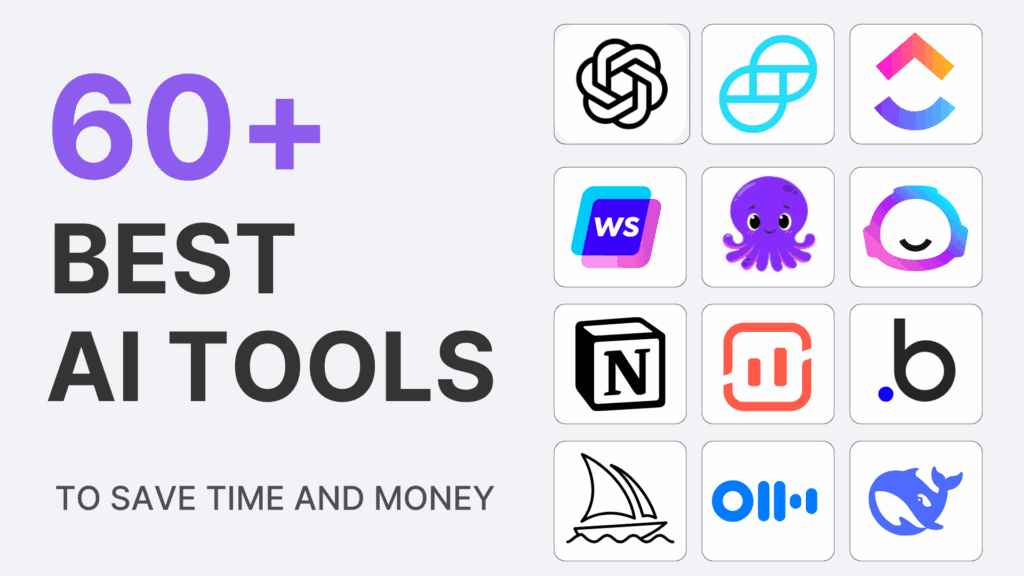Federated learning is a decentralized machine learning approach that enables training models across multiple decentralized edge devices or servers holding local data samples, without exchanging them. It operates under the principle of keeping data local and only sharing model updates, thereby preserving data privacy while leveraging collective intelligence for model improvement.
Federated learning (in Layman’s terms)
In Lehman’s terms, federated learning is like a group project where everyone works on their part of the assignment without sharing their notes directly. Instead, they only share their improvements or updates. This way, everyone benefits from everyone else’s work, but without revealing their individual notes or data to the whole group. It’s like a collaborative way of learning together while keeping your notes private.
Federated learning and data privacy
As the digital landscape evolves, with increasing concerns over data privacy and the imminent phaseout of third-party cookies, federated learning emerges as a crucial solution. Traditional machine learning models often require centralized access to vast amounts of data, raising privacy concerns and potential security risks. However, federated learning allows organizations to harness insights from distributed data sources without compromising individual privacy.
How does federated learning work
- Initialization: A global model is initialized centrally based on an initial dataset or pre-trained model.
- Distribution: This global model is then distributed to local devices or servers, such as smartphones or IoT devices, each with its own dataset.
- Local Training: On each device, the model is trained using the local data, updating model parameters based on local computations.
- Model Aggregation: The updated model parameters from all devices are aggregated, typically by averaging, to create an improved global model.
- Iteration: Steps 2-4 are repeated iteratively, with the global model improving incrementally with each round of updates.
Types of federated learning
- Horizontal Federated Learning: In this approach, different devices hold data samples of the same features. For example, multiple smartphones with sensors collect similar data types.
- Vertical Federated Learning: Here, each device or server holds complementary features of the data. For instance, one server may have demographic information while another holds transactional data.
- Federated Transfer Learning: This variant leverages pre-trained models to transfer knowledge from one domain to another, benefiting from the collective intelligence of decentralized data sources.
Benefits of federated learning
- Data Privacy: By keeping data local and only sharing model updates, federated learning preserves individual privacy, mitigating risks associated with centralized data storage and processing.
- Improved Model Generalization: Federated learning allows for training models on diverse datasets, leading to more robust and generalizable models capable of handling heterogeneous data distributions.
- Scalability: With federated learning, organizations can scale model training across a large number of edge devices or servers, tapping into distributed computing resources without significant infrastructure costs.
- Real-time Learning: Edge devices can continuously update models based on local data, enabling real-time insights and adaptations without relying on centralized servers.
Challenges of federated learning
- Communication Overhead: The process of aggregating model updates from numerous devices can introduce communication overhead, especially in scenarios with limited bandwidth or high-latency connections.
- Heterogeneity: Devices may have varying computational capabilities and data distributions, posing challenges in aggregating model updates and ensuring convergence across heterogeneous devices.
- Security Risks: Federated learning introduces new security vulnerabilities, such as model poisoning attacks or inference attacks, where adversaries exploit model updates to infer sensitive information about the local datasets.
- Bias and Fairness: As federated learning relies on data contributed by diverse sources, ensuring fairness and mitigating biases in model predictions across different demographic groups or data distributions becomes a critical challenge.
Conclusion
Federated learning represents a paradigm shift in machine learning, offering a decentralized approach to model training that prioritizes data privacy and collaboration. By enabling organizations to leverage insights from distributed data sources while preserving individual privacy, federated learning addresses the evolving landscape of data privacy regulations and the phased-out reliance on third-party cookies.
While it presents numerous benefits, including improved model generalization and scalability, federated learning also poses challenges such as communication overhead and security risks that require ongoing research and innovation to address. As organizations navigate the complexities of data privacy and collaboration in the digital age, federated learning emerges as a promising solution to drive innovation while safeguarding individual privacy rights.











